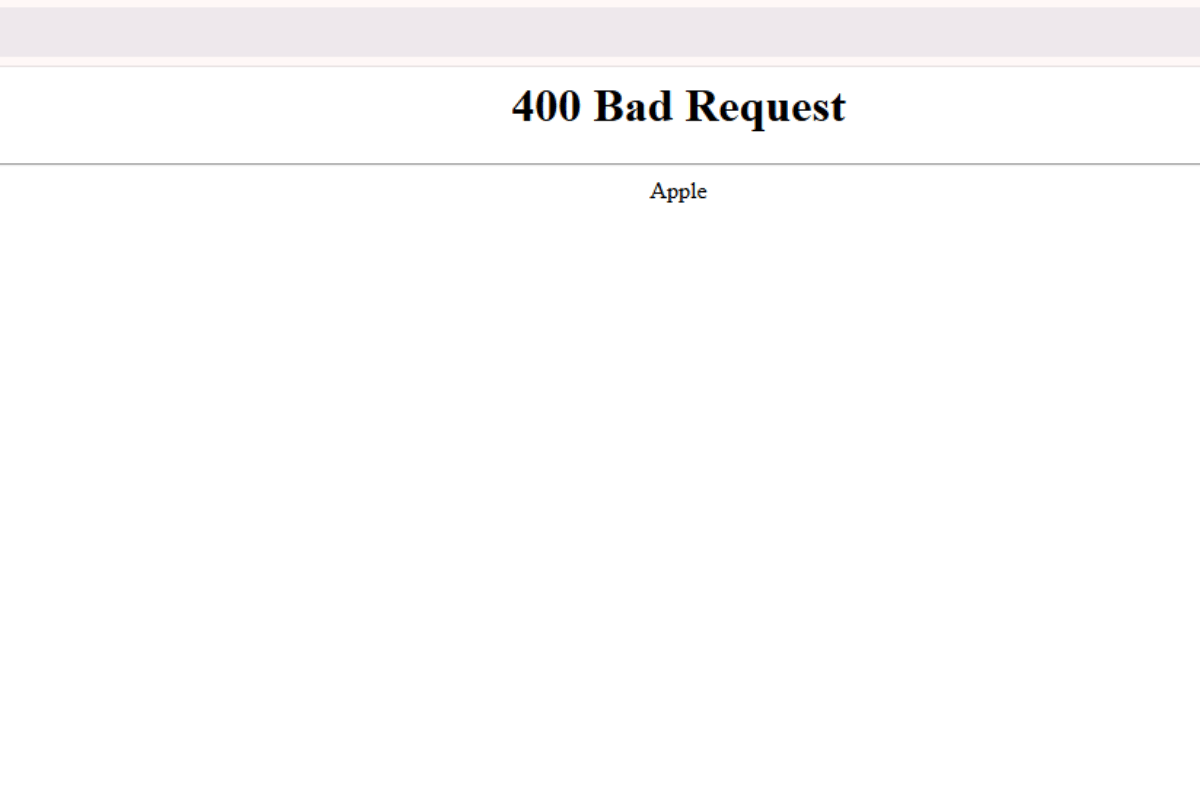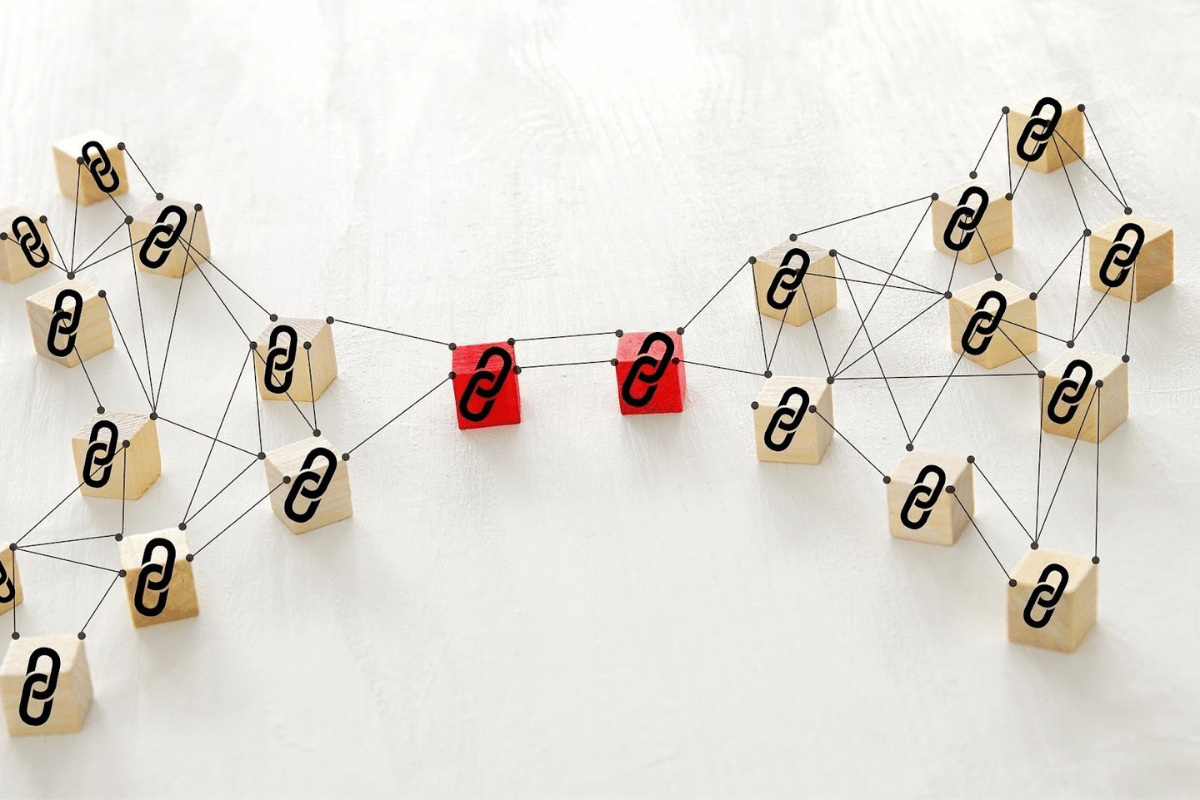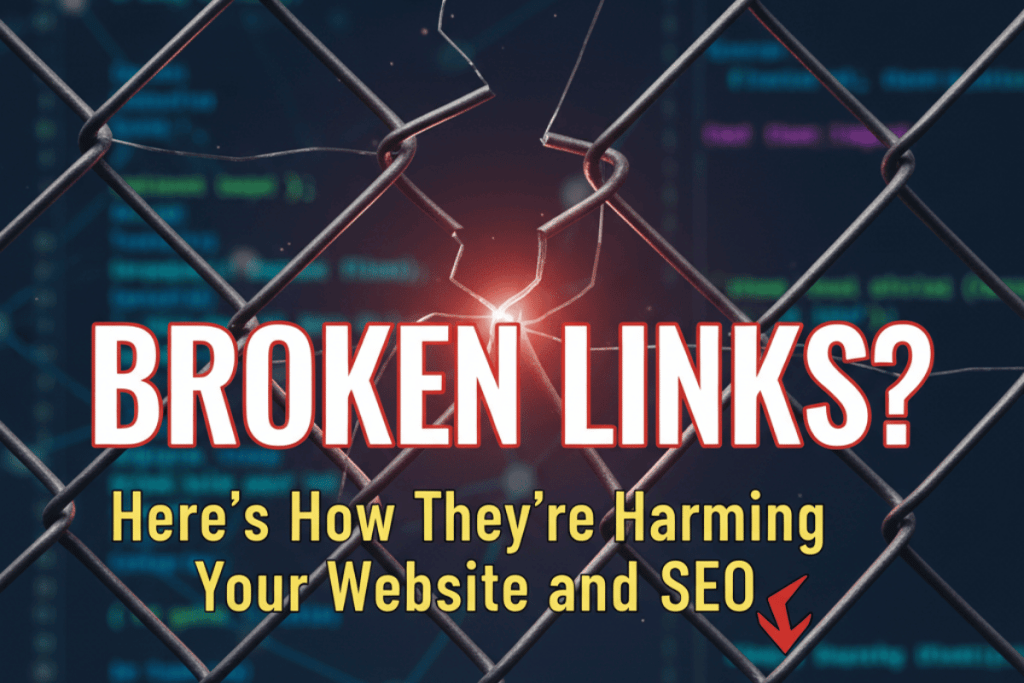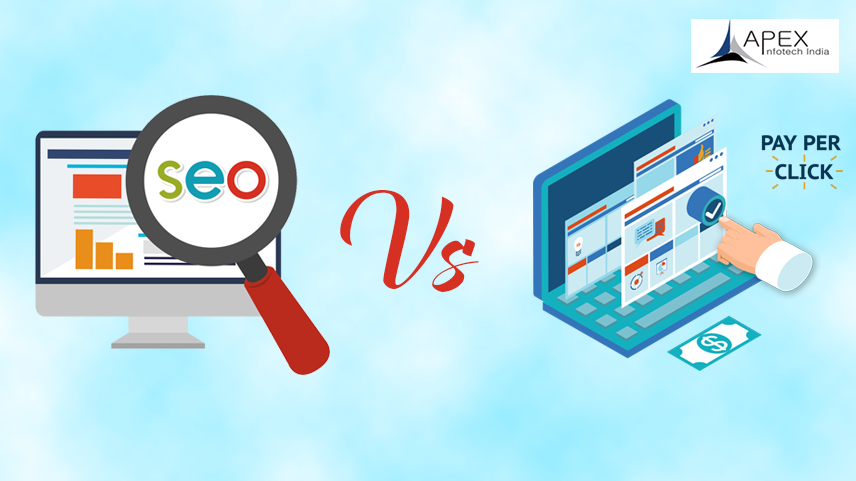At first, broken links might seem like a non-issue. However, search engines want users to find their desired content quickly, and broken links hinder this process. This can end up affecting your website’s user experience, SEO rankings, and even brand perception! In this blog, we discuss what broken links are and how they’re harming your website’s SEO.
What Are Broken Links?

A broken link is a hyperlink that connects users to a page that doesn’t exist anymore. These links ‘break’ for many reasons, such as the original content being deleted or the URL being modified. When a user clicks a broken link, they usually receive a 404 Page Not Found error like the one pictured above.
Also read: Why Internal Linking is a Secret Weapon in Technical SEO
How Do Broken Links Harm Your Website’s SEO?
Broken links can significantly harm your site’s user experience. For example, imagine that you are shopping for wool sweaters on an e-commerce website.
You find ‘Sweaters’ from the home page menu, under ‘Winter Clothing’. When you click on it, the browser displays a 404 error tag. You then go to ‘Winter Clothing’ and apply filters to view only woolen sweaters. Elated, you click on the first product listing you see and promptly receive a 404 error once again.
Do you think this qualifies as a satisfactory shopping experience? If your website has multiple broken links, users may question its legitimacy and authority. They may also leave your website if they are unable to find what they’re looking for. Broken links from external pages to your website can make you miss out on potential clicks and conversions.
When search engine crawlers come across broken links, they may not be able to index our pages properly and assume that your content is outdated. Additionally, they may not be able to pass link juice through broken links. This means you’ll miss out on traffic and link equity from valuable backlinks.
What Causes Broken Links?
Broken links occur when a search engine is unable to find the page a user is looking for. This may be due to a number of reasons, but the most common cause is when the original page has been moved or deleted. Understanding why links break can help you find and fix them easily.
Incorrectly Typed URLs

You may have incorrectly spelled a link while adding it to a page, or a user may have misspelled the URL while typing it in a browser. Both situations result in showing the user a 400 bad request error.
For example, in the above image, a % symbol was accidentally added to the URL while searching for the services page.
External Site Changes
If a link on your website connects to an external page that has been deleted or permanently moved, it will no longer work. In this situation, the best thing to do is to replace the broken link with a working one by linking to a similar page.
Changes in URL
Sometimes, you may change the URL of a page during site redesigns or restructuring. Any hard-coded links on your website (and other websites) that contain the old URL are now broken unless you use a 301 redirect to point users to the newer, updated URL.
For example, if the page example.com/products has been changed to example.com/all-products, all pages containing the previous URL may show a 404 error tag. To prevent this, redirecting users and search engines to the updated one prevents link rot.
Moved or Deleted Pages
Some internal links to content might not work if the content in question (PDFs, video files, etc.) has been deleted or moved to another location. If the destination page doesn’t exist, users will see a 404 error when they try to access it.
How to Find Broken Links On Your Website?

Finding broken links is simple enough—it’s fixing them that can prove much trickier.
Manual checking is the least efficient way to look for broken links, but you can get away with it if your website has very few pages. For larger websites, we recommend the following tools to detect broken links: Browser extensions like Check My LinksFree online tools such as Ahrefs Broken Link Checker, Dead Link Checker or W3C Link CheckerPaid tools like Broken Link Check (free for first 3000 pages) and Screaming Frog (free for first 500 pages)Google Search Console
Fix Broken Links With Apex Infotech
Broken links affect user experience, user navigation, bounce rate, conversion rate, and search engine crawlers—which all have a significant effect on your website’s SEO.
Fixing broken links is a tedious and time-consuming process. Depending on how large your website is, you should review its pages monthly, or even weekly, for broken links that need to be repaired, replaced, or redirected. It can be difficult for brands to handle all of it on their own. However, it should not be neglected for the sake of your search engine rankings.
Apex Infotech offers highly affordable white hat SEO and link-building services. In our thorough SEO audit, we quickly identify and fix any broken internal and external links. This improves user experience, strengthens site structure, and may even increase your conversion rate!
Worried about broken links harming your website’s SEO? Connect with Apex Infotech today for a thorough website audit.
Frequently Asked Questions
Is redirecting 404 errors to the homepage a good SEO practice?
No, this is not good practice, as search engines (notably Google) continue to treat such redirects as normal 404 errors. Linking to the homepage instead of redirecting users to the page they were looking for can cause frustration.
How do broken links harm SEO?
Broken links harm SEO by interrupting search engine crawlers and degrading the user experience. Broken links don’t pass any link equity, affect page indexing, lower conversions, and increase bounce rate.
What is the difference between 400 and 404 error codes?
The 400 bad request error code is displayed when the server doesn’t understand the URL of the page, while a 404 page not found error shows that the page the user is looking for doesn’t exist on the host server. It may have been moved or permanently deleted.
How can I redirect users instead of showing them 404 errors?
If you don’t want users to get stuck on a broken link, you can redirect them to the desired page using a 301 redirect. This helps them land on the website they wanted and helps search engines pass link juice to the newer page.



